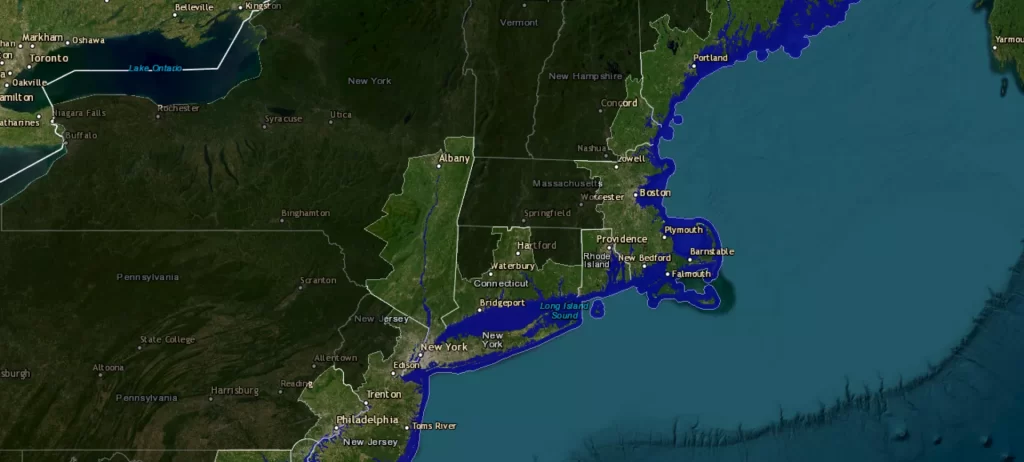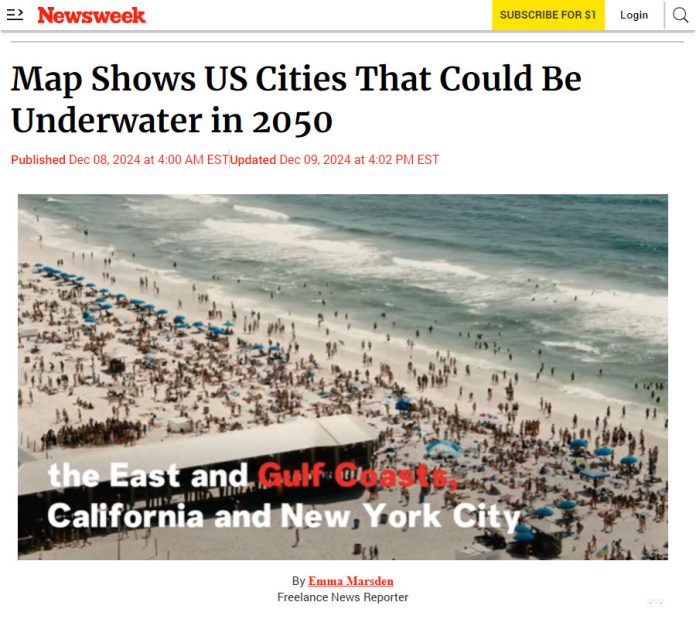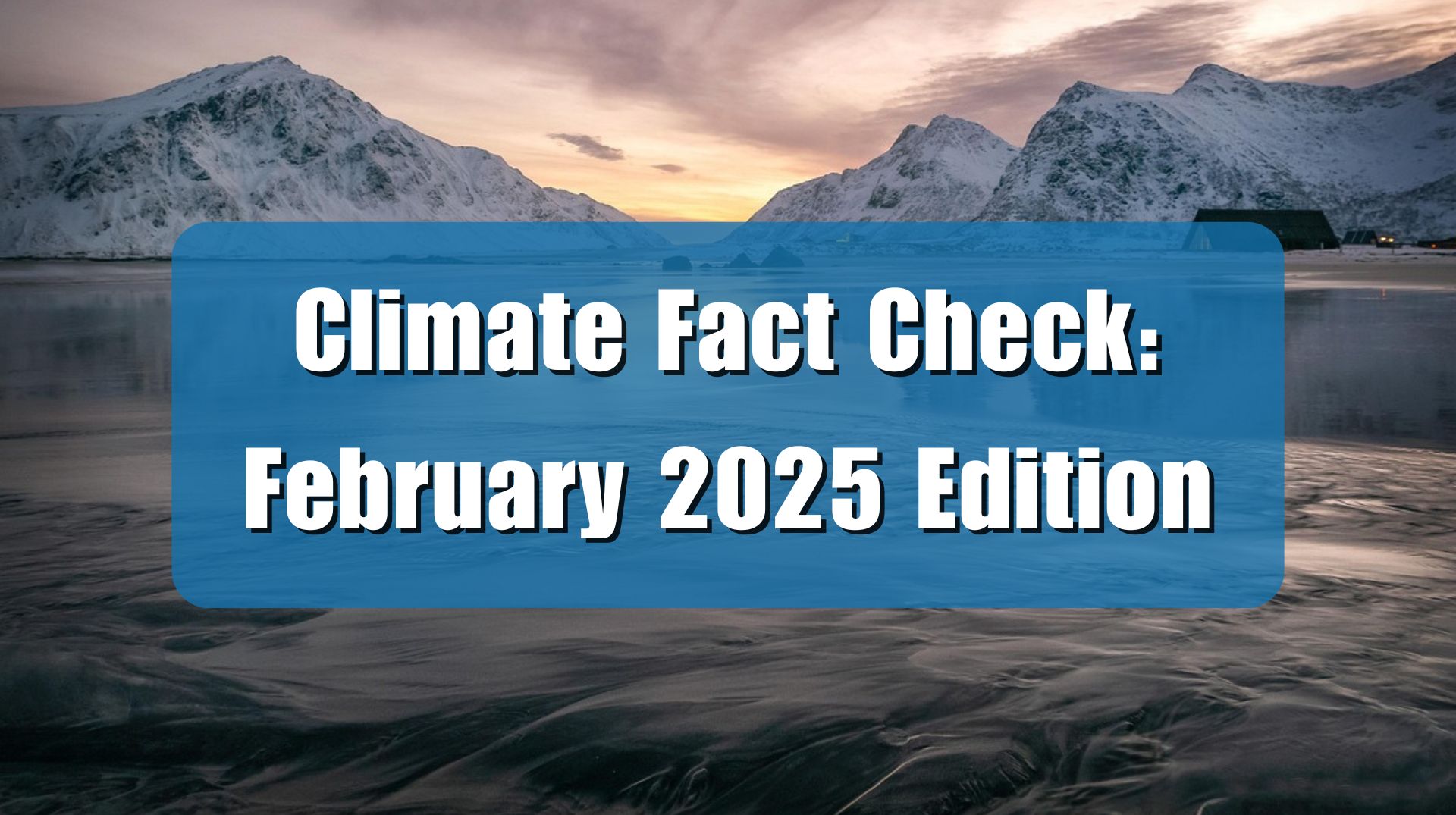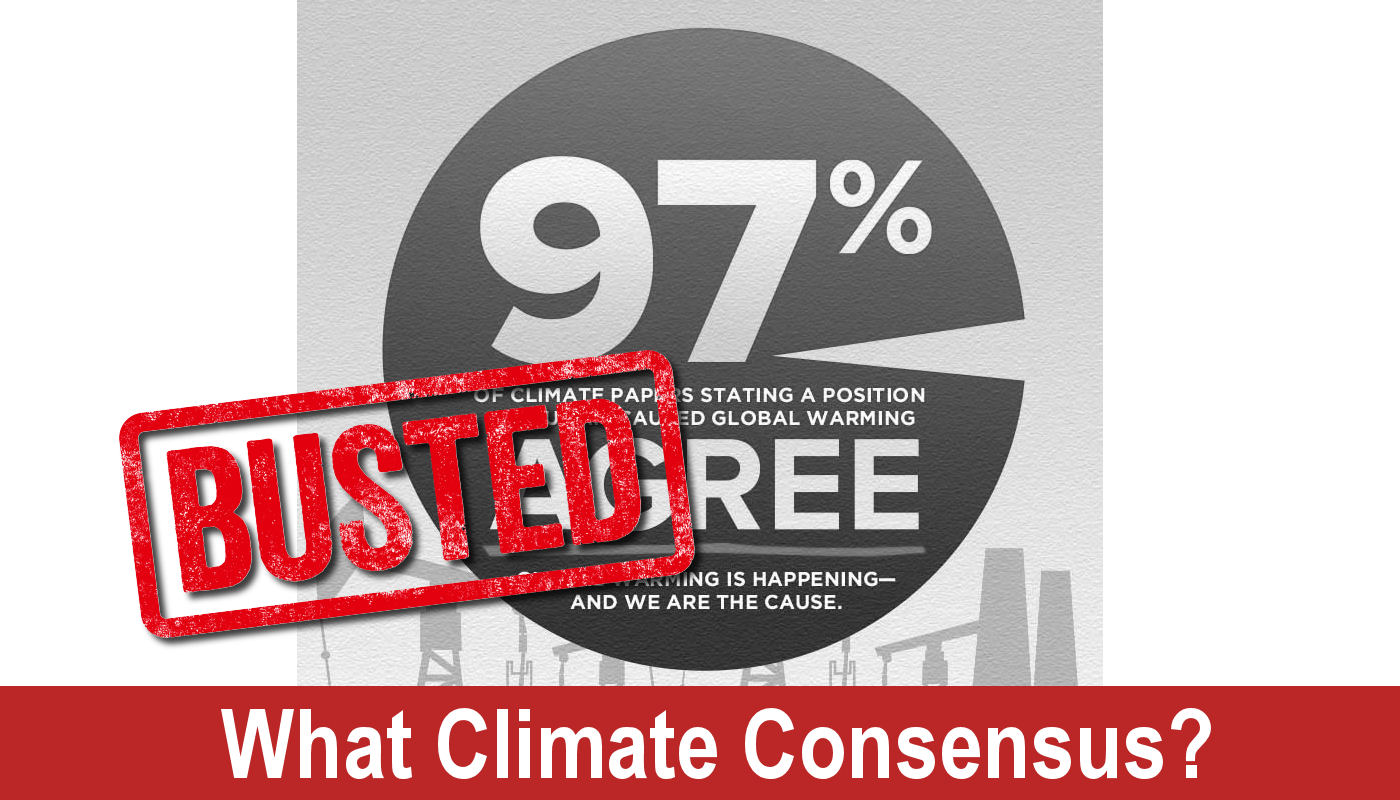A recent article in Newsweek, titled “Map Shows US Cities That Could Be Underwater in 2050,” claims that a number of major cities will be submerged beneath rising seas by 2050 if humans don’t stop climate change. This is false, as false as when the same claims were made by multiple media outlets repeatedly over the preceding decades leading up to 2000 and 2020. None of those cities is even close to being “underwater,” or even having the coastal waters lapping at their streets, parking lots or buildings.
Newsweek points to data and a map produced by the National Oceanic and Atmospheric Administration (NOAA):
A map shows the growing threat to coastal cities across the Northeast United States due to rising sea levels.
According to the National Oceanic and Atmospheric Administration (NOAA)’s latest projections, sea levels along the U.S. coastlines are projected to rise, on average, around 10 to 12 inches by 2050.
Many communities along the Atlantic, Gulf, and Pacific coasts face significant risks of partial inundation in the future if current trends continue and mitigation efforts are not intensified.
NOAA’s Sea Level Rise Viewer shows which cities may be impacted along each coast, with dark blue areas indicating significant projected sea level rises.
Newsweek cites the map below to provide an image reflecting the alarming projections:

Newsweek is apparently forgetting these same areas were predicted to be underwater by 2000 ad 2020.
This narrative is not new; mainstream media outlets have, for decades, issued similar alarming forecasts, often with timelines that have come and gone without the predicted catastrophes materializing.
In the late 20th century, numerous media reports warned that major U.S. cities would be underwater by the year 2000 due to rising sea levels. For example, a 1989 Associated Press article reported a United Nations official warning that entire nations could be wiped off the face of the Earth by the year 2000 due to rising sea levels if global warming was not addressed.
Similarly, in 2012, PBS published an interactive map projecting that certain U.S. cities and counties could experience flooding by 2020 or 2050 due to global warming-induced storm surges. Like in the Chicken Little fairy tale, the media’s past warnings have repeatedly proven false.
These past projections were based on climate models and assumptions that, in hindsight, grossly overestimated the rate of sea-level rise and underestimated the resilience and adaptability of human societies. The current projections are grounded in the same flawed climate models that overstated the rate of sea level rise in the past.
NOAA claims sea levels have been rising at an approximate rate of about 1.2 inches per decade globally since 1993. Translating to approximately a foot over a century, this rate of change will put none of the cities discussed in Newsweek’s article underwater by 2050. Based on this rate of rise, societies have ample time to adapt.
Moreover, localized factors such as land subsidence, tectonic activity, wetlands conversion, and groundwater extraction play significant roles in regional sea-level changes, complicating blanket predictions.
The media’s penchant for sensationalism often leads to the amplification of worst-case scenarios, lacking support in empirical data. For instance, a Climate Realism article critiques CBS News for suggesting that New York City is on the brink of being flooded by sea-level rise, pointing out that such claims are not substantiated by current trends or historical data.
Human societies have historically demonstrated remarkable adaptive changes. Technological advancements and proactive urban planning have enabled coastal cities to implement effective mitigation strategies against sea-level rise. For example, the Netherlands has successfully managed sea levels for centuries through an extensive system of dikes and pumps, showcasing human ingenuity in the face of natural challenges.
While it is prudent to acknowledge and prepare for environmental changes, it is equally important to critically assess the data and avoid hyping unrealistic claims, stoking fear where none is warranted. Predictions of imminent, catastrophic sea-level rise leading to submerged cities have repeatedly failed to materialize, underscoring the necessity for a balanced perspective that considers both scientific evidence and historical context.
Newsweek’s recent article warning of submerged U.S. cities by 2050 is yet another example of alarmist reporting that prioritizes sensationalism over substance. By neglecting to critically assess historical data, current trends, and the track record of similar failed predictions, the outlet has done its readers—and the broader conversation on climate issues—a great disservice.
Responsible journalism requires more than repackaging doomsday scenarios; it demands rigorous fact-checking and a willingness to present a balanced view of the evidence. By failing to meet these standards, Newsweek not only erodes public trust but also diminishes the legitimacy of meaningful environmental discussions. Readers deserve better than recycled, unfounded predictions—they deserve facts. Until outlets like Newsweek prioritize accuracy over hype, they will remain complicit in the spread of misinformation masquerading as science.















They’ve got just 25 years . Better start seeing a massive acceleration in rise soon .
What the hell is than map anyway ? The dark blue areas include all of Long Island Sound and other coastal areas already long under water .